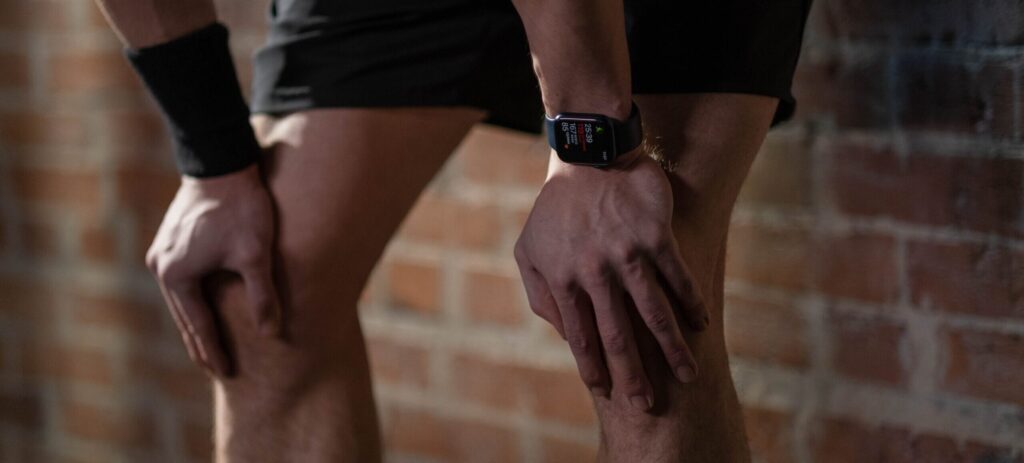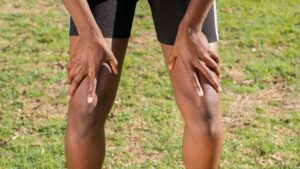
Runner’s knee is the name given to patellofemoral pain syndrome and is commonly identified as pain behind the kneecap. The reason it gets labelled runner’s knee is due to the prevalence among runners.
The injury happens when there is abnormal loading of the knee joint when it is in a flexed position. When you are running you add impact and an increased load through the knee as your foot strikes the floor and you push off in order to propel forward. This is when you will experience pain. In fact, a key indicator of runner’s knee is experiencing more pain when running downhill or going down steps as your time in a flexed knee position increases as your cushion your descent.
Runner’s knee is not a structural problem, it is a muscle strength imbalance either above or below the knee that is changing how the knee cap is moving causing it to rub against the femoral groove.
To understand mechanics, we first need to understand some of the anatomical shapes of the bones involved. The knee cap is not completely flat. On the top, it may look and feel like a disc, but underneath it has a slight ‘V’ shape to it. This allows the knee cap to fit nicely in the femoral groove, like a train on a train track, guiding it in the right direction.
Runner’s knee occurs when there is a strength imbalance within the muscles that changes the forces applied to the knee cap. Think about the breaks on your bike as a kid. If the brake cable was too tight on one side it would cause the pad to wear down over time. Uneven forces applied to the patella will cause it to go off track and rub against one side, creating heat, pain and inflammation. Multiply that by the 1000’s of steps that you take when you’re out for a run and you will see why it got the name Runner’s knee.

Simply speaking it is likely to be one of these three things:
The pain is normally triggered by a change in your training such as returning from injury, change of terrain or increase in milage without a proper build-up in strength training.
Runners typically have very strong hip flexors with underactive, weaker glutes specifically the Gluteus Medius. This muscle sits quite high up on the pelvis and underneath the large Glute max muscle and prevents the femur from rotating inwards.
If the glute is weaker or fatigues due to poor conditioning, then the rotation in the femur will cause the patella to rub against the femoral groove.
Patella femoral pain can also be caused by muscle tightness, in a runner this will most likely be in the tight hamstrings or hips. Restricted movements in the hips and at the back of the knee can cause a slight misalignment of the leg that results in the patella rubbing in the femoral groove.
Poor foot posture, such as flat feet, is not a direct cause of runner’s knee but it can play a big role in contributing towards especially when it is combined with weak glutes.
As the heel strikes the ground and your weight is transferred forward flat feet will cause the foot to roll, abnormally twisting the knee. If you are also lacking hip stability the femur will rotate causing the knee cap to rub bringing on the pain much faster.
 Cracking The Injury Risk Equation
Cracking The Injury Risk Equation
 LJMU Study Findings
LJMU Study Findings
 What are shin splints?
What are shin splints?
 How to treat shin splints [2021]
How to treat shin splints [2021]
No Thanks – I’ll pay full price
Close Window
Close Window